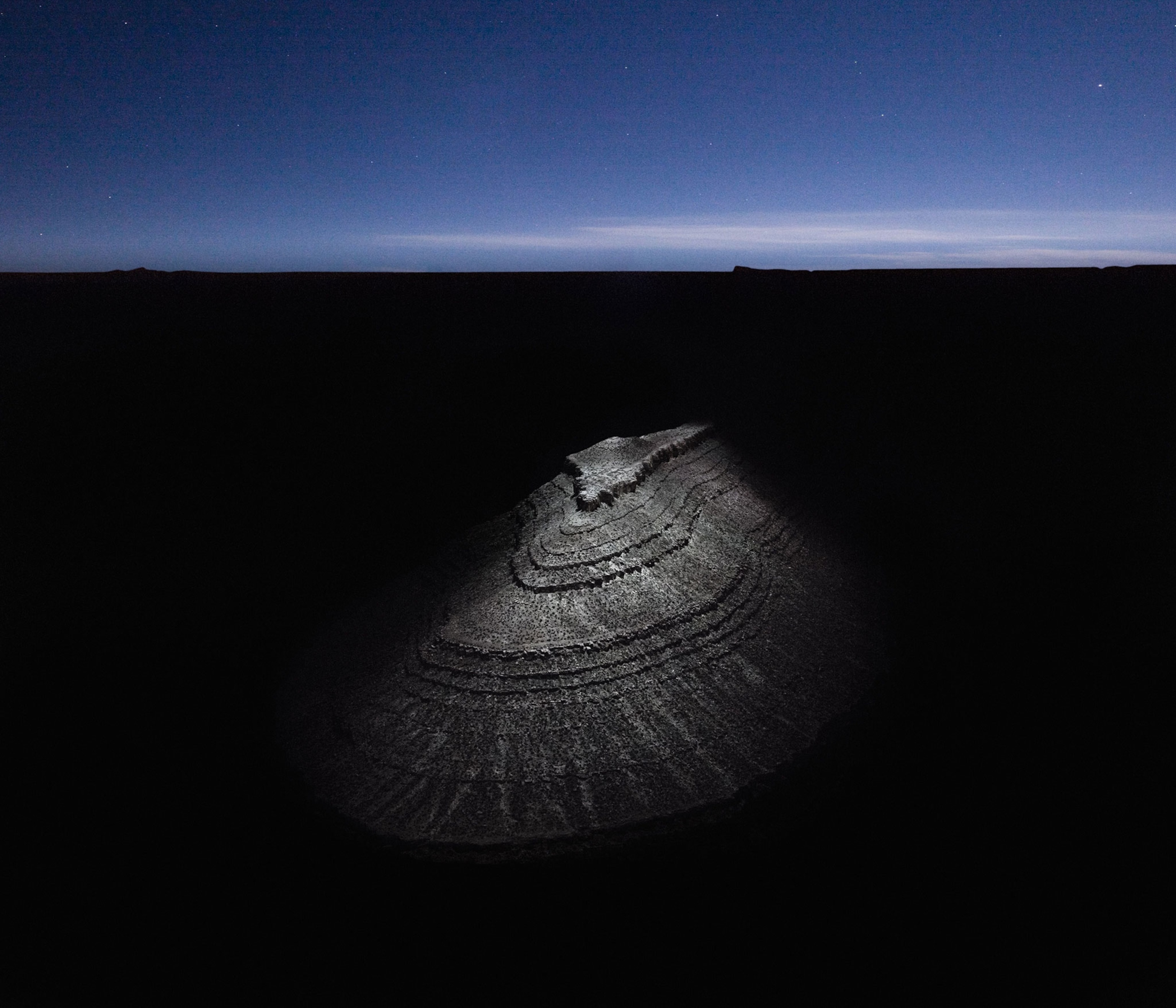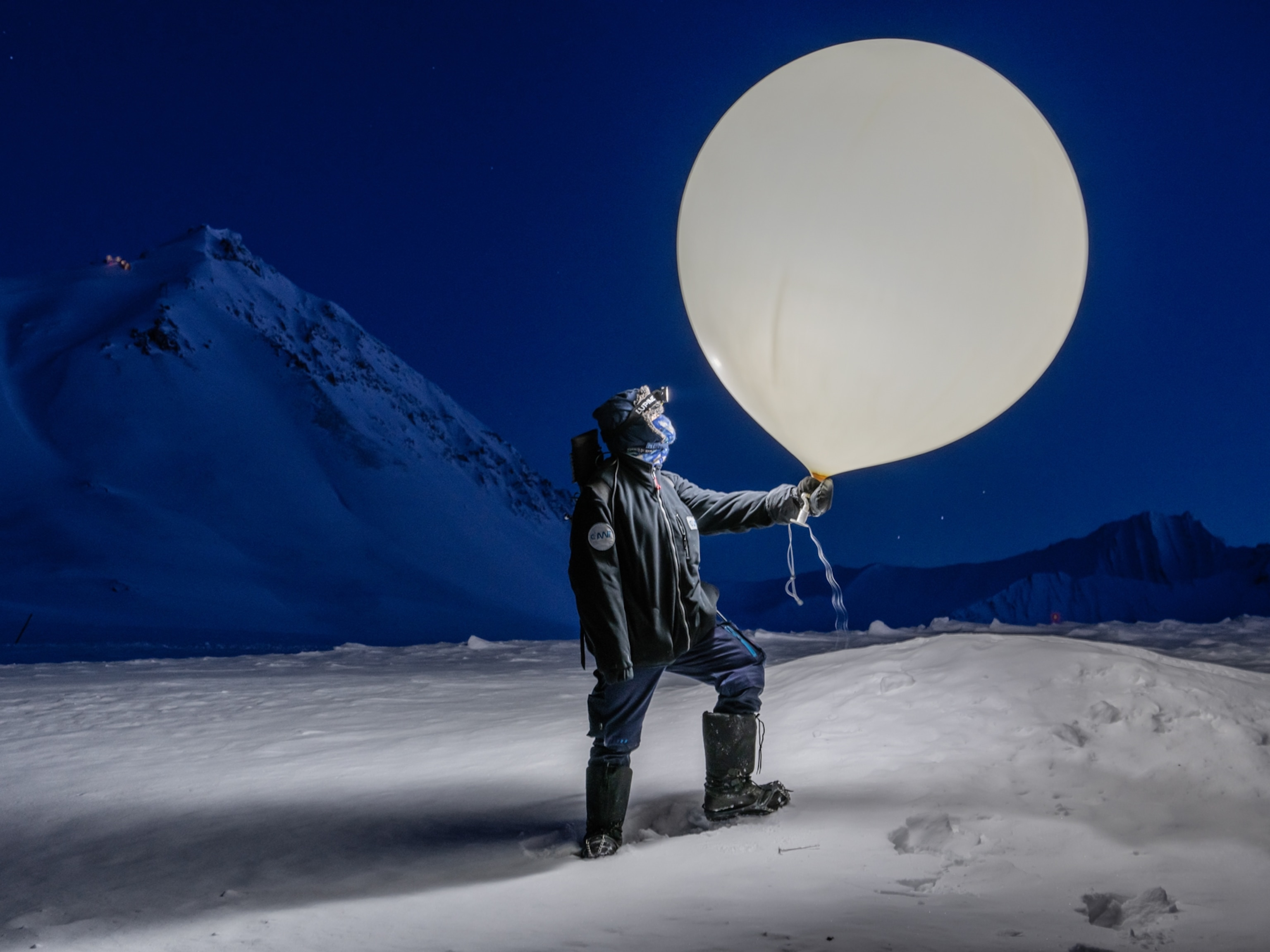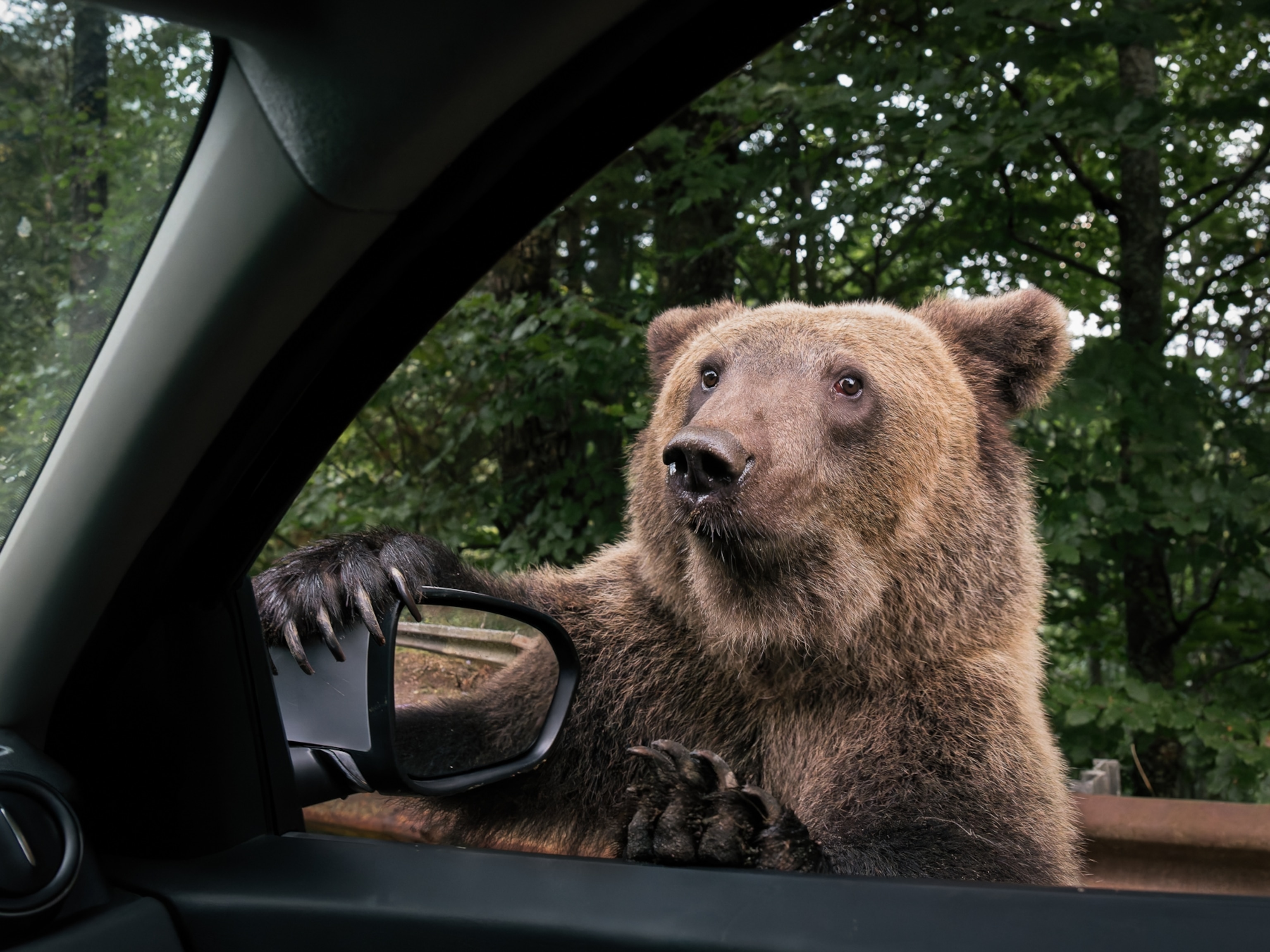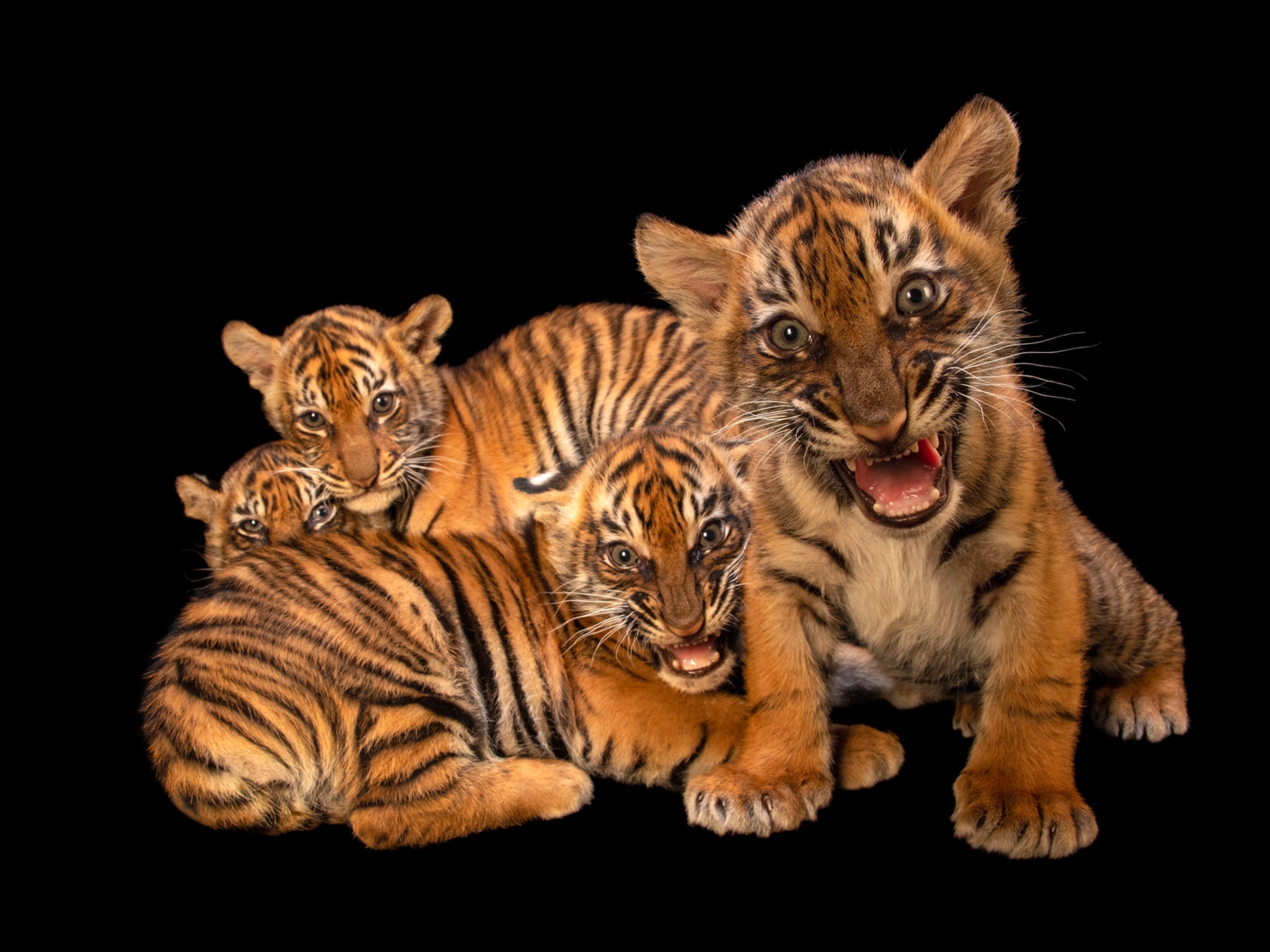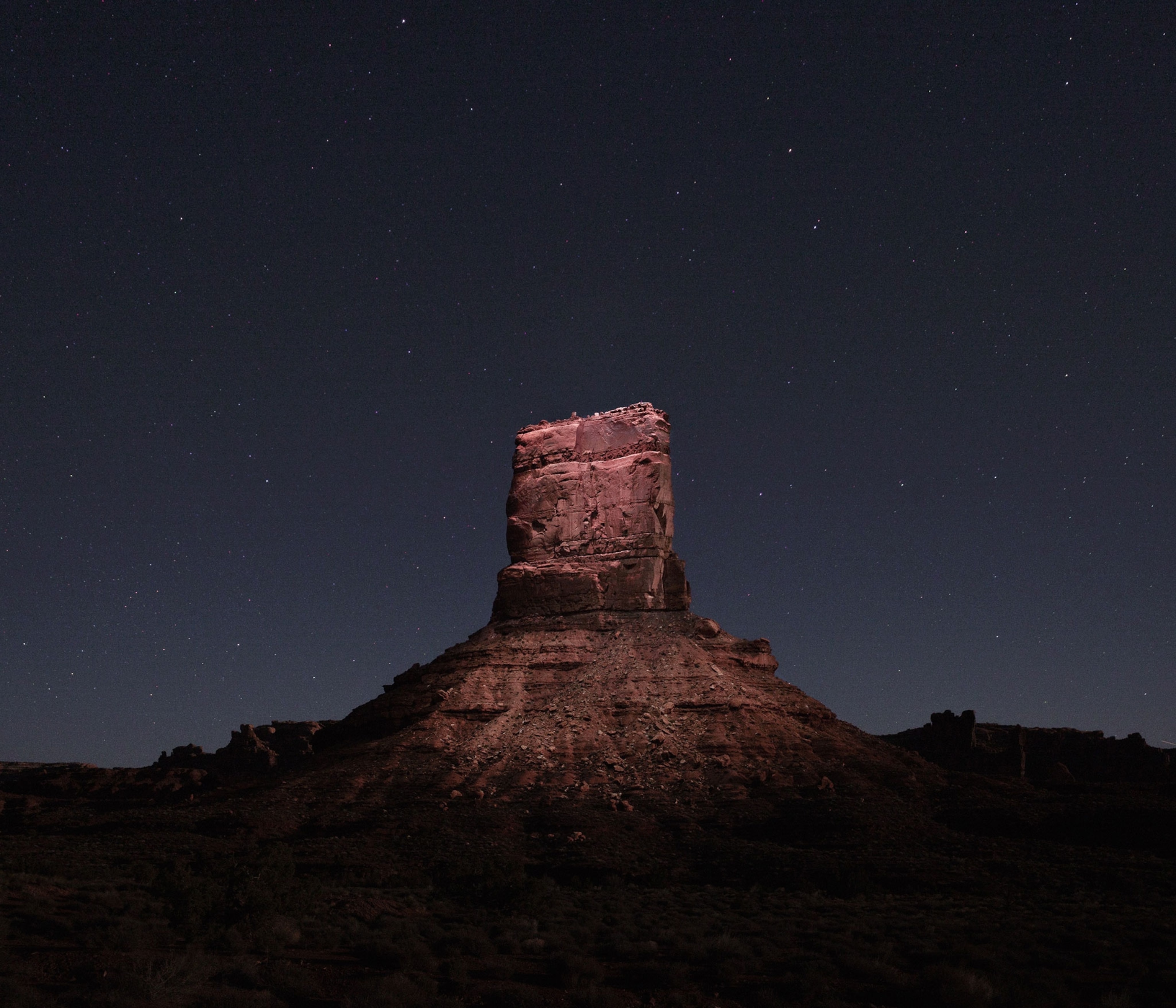
Surreal Desert Landscapes Painted on a Canvas Made of Sky
Reuben Wu uses drones to paint primordial desert landscapes with light.
With his ongoing project "Lux Noctis," photographer and filmmaker Reuben Wu lights landforms to reveal imaginative viewpoints wrapped in the night sky, free from human interference. In many ways, Wu is studio lighting the world around us. I sat down with Wu recently to hear more about his unique process and vision.

On your website you mention that you're "driven not just by the urge to create imagery, but by a desire to explore new places as if they were unknown territory, constantly open to serendipity and with an eye for the unnoticed and the hidden." What draws you to certain landscapes? What were the elements you were waiting for to execute these images?
I search for distinctive landforms, in remote places, which I then illuminate and photograph at night. I schedule my shoots to happen inside the window between dusk and moonrise, so I can begin with the night at its darkest. There is prior research done in the general areas I shoot, but I scout on location [during daylight hours] to decide on final subjects and compositions.

How do you light the landforms to make your photos?
I illuminate the landscape using a small LED lamp mounted on a GPS-controlled drone. I launch the drone and position it in specific points above and around the subject and then take the picture while it is stationary.
I experiment with distance, height, and angle of light and always keep my camera on a tripod and in exactly the same position, so that I produce a range of different lighting scenarios of the same composition.
Next, I layer the photos at home and re-create the vision by honing the areas of illumination. It is a bit like chiaroscuro painting, where one starts with a dark canvas and then adds light to the picture.
Why light the scene instead of using natural light?
I wanted to show an uncommon perspective ... We see so many familiar images of the world lit by the sun, so this series explores the idea of lighting a vast landscape with a controllable light source. I saw the night as a blank canvas on which to illuminate just the parts of the composition I wanted. It's like lighting a portrait, but a landscape instead.

Tell us about your intended representation of the place and exploration of the unknown.
We typically think of darkness as the unknown. I think the concept of shining a light in a vast world of darkness is interesting, as it reframes the familiar in an unfamiliar light and forges a new relationship between the world and me.
Human history occupies a tiny blip in the vast lifetime of our planet, and geological time remains incomprehensible and terrifying to us, because it essentially symbolizes an age where humans do not exist.
